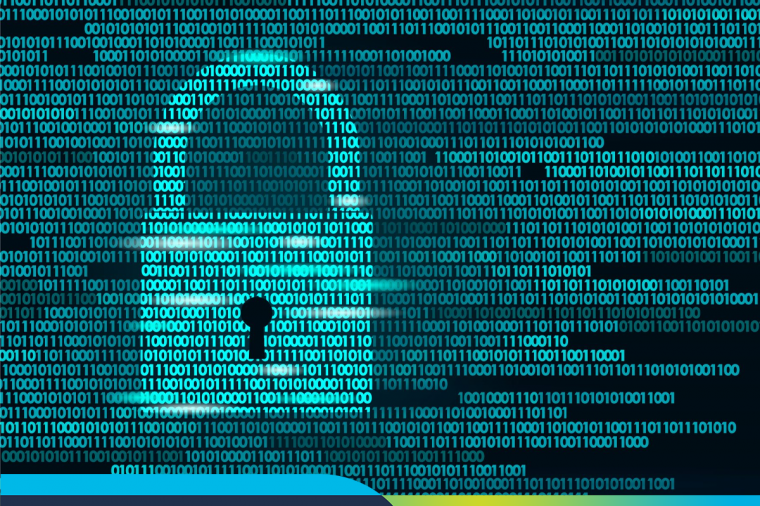Cybersecurity
An organization's personnel can be the strongest or weakest element of any security strategy. In times of national crisis, such as the COVID-19 pandemic, tensions can run high, and conventionally manageable stresses can accumulate and degrade focus, performance, and mental bandwidth.
IT Perspective
The Technology Modernization Fund (TMF) recently received a much-needed influx of funds, bringing its total to $1 billion. This money is a small part of the funding for technology upgrades in the government, and a very small part of the overall COVID relief bill of which it was a component. The bill does not indicate how the money is to be spent but for most observers modernization is almost equivalent to cloud adoption, with cybersecurity a close second. While most observers accept that the U.S.
Application Lifecycle
In our last article on the GovDevSecOpsHub, we sat down with Peter Archibald, the Regional Sales Manager for DoD and FSI sales at Checkmarx, and Jeff Ingram, a DoD Regional Sales Manager at Checkmarx, to discuss the inclusion of the company’s application security testing (AST) solution in Platform One’s Iron Bank.
Application Lifecycle
Right in the middle of the holiday season, as much of the world was preparing to take some deserved time off to celebrate with their families and bid 2020 a less-than-fond farewell, some terrible news broke involving a number of government agencies and large enterprises. A common network management platform that is used widely across the public and private sectors had been victim to a supply chain attack, and the networks and data of a large number of users had been compromised.
Application Lifecycle
There is no lack of high-stress industries and occupations that have to battle against burnout and employee fatigue. They’re problems that face a number of jobs – from hospital staff to airline pilots. But, when you think about occupations that deal with fatigue and burnout, application developers may not be top of mind.
However, as the application development process has accelerated, and as dev teams have begun deploying new capabilities, patches, and updates with increased frequency, burnout has become a real problem.
Application Lifecycle
The Air Force wants to open its Platform One services to private sector partnerships with the hope of tapping into a consortium of academic and industry organizations to enhance its coding environment.





